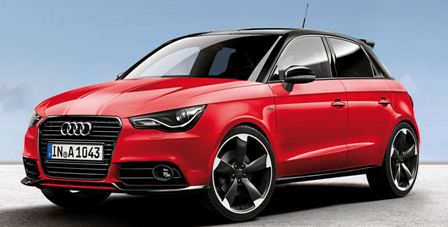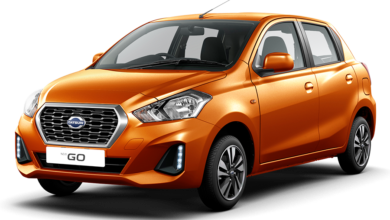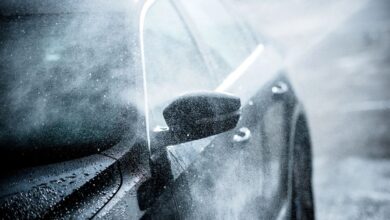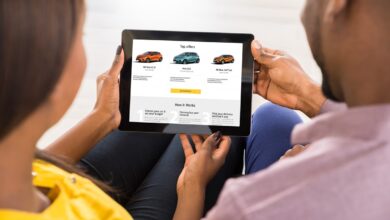driving in south africa


South Africa has an excellent road network, flanked by spectacular scenery. This makes self-drive holidays a popular means of touring and exploring the country.
Basic road rules: South Africa
• South Africans drive on the left side of the road.
• The legal driving age is 18.
• Keep safe following distances.
• Do not drink and drive.
• Do not speed.
• It is illegal to operate a mobile phone whilst driving.
• It is illegal to drive without your seat belt.
• Any valid driver’s license is accepted in South Africa, provided it bears the photograph and signature of the holder and is printed in English.
• Car hire companies may request that you provide an international driver’s license when renting a vehicle.
Useful Information about Driving in South Africa
• All distances, speed limits (and speedometers) are marked in kilometers.
• The general speed limit on South Africa’s national highways, urban freeways and other major routes is 120km/h (75mph). On secondary (rural) roads it is 100km/h (60mph). In built-up areas it is usually 60km/h (35mph), unless otherwise indicated. Check the road signs.
• Traffic lights are also referred to as ‘Robots’ in South Africa, don’t be alarmed, these are traffic lights and not a programmed mechanical person.
• While driving on dual carriageways keep to the left and pass on the right.
• It is advisable to switch on the headlights of the vehicle to be more easily observed by other drivers.
• Petrol stations (also called ‘garages’) are widespread across South Africa’s cities and national roads. Although widespread, distances can be significant between petrol stations, make sure you check your fuel gauge.
• All the national roads in South Africa have petrol stations with restaurants, restrooms and shops dispersed along the route, use them to freshen-up on the long drives.
• Various types of petrol (gas/fuel) are available in South Africa: unleaded, 97-, 95- or 93-octane (“super” or “premium”). The 95-octane petrol is available at higher altitude, as well as 93-octane. At the coast, your choice is between 95- and 97-octane. Both Leaded and Lead Replacement fuel are available.
• Fuel prices as regulated by the government and are roughly the same price at all petrol-stations.
• South African petrol stations are not self-help: an attendant will fill the car, ask if you’d like your oil, water and tire pressure checked, and offer to clean your windscreen – for which he or she will expect a tip (at your discretion, this is usually between 2 and 5 Rand).
• Beware of potholes on some secondary and rural roads which may be poorly surfaced.
South Africa is a large country not easily traversed in a single day, it’s best to plan your journeys, rather break the journey, as fatigue is a major contributing factor in motor vehicle accidents.
Toll roads
Many of the national roads between the major centres in South Africa are toll roads. Confirm the toll fees before you leave, and make sure that you have either a credit card or cash to pay.
Toll fares for a light passenger vehicles vary from R2.50 to R61.00 per toll plaza – you may pass through three or four of these before you reach your destination.
Animals in Rural Areas
Roads running through South Africa’s rural areas may not be fenced, and as a result livestock, dogs and wildlife can wander onto the road. These are particularly hazardous at night. Take note of road signs warning you of antelope crossing the road.






